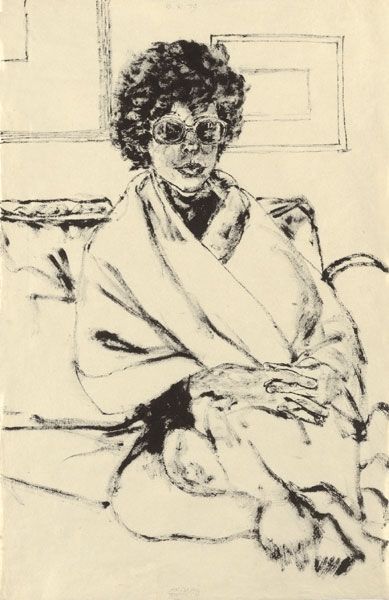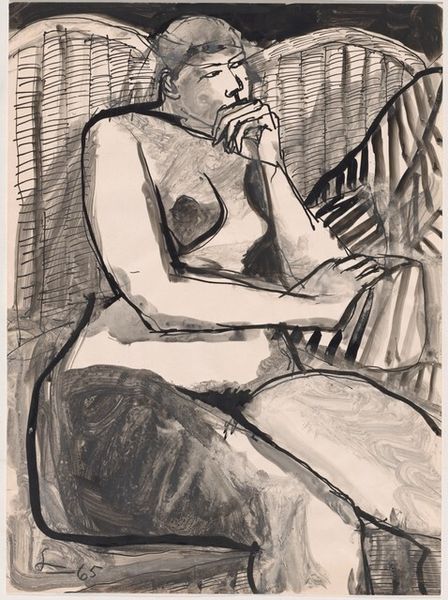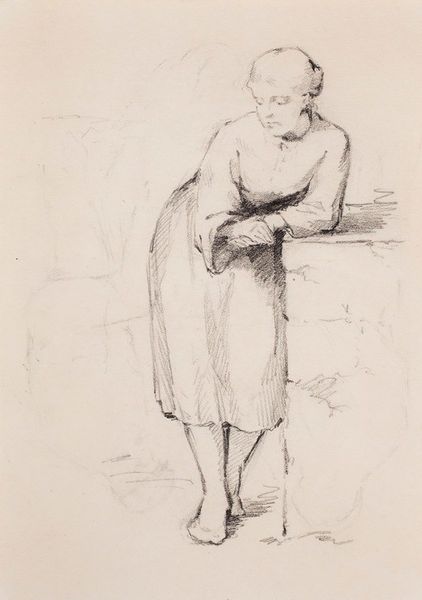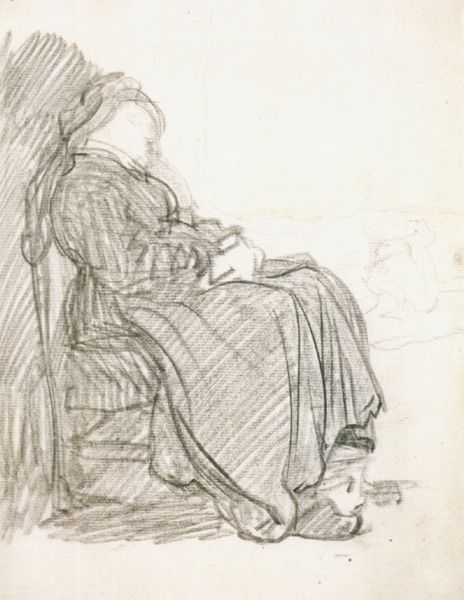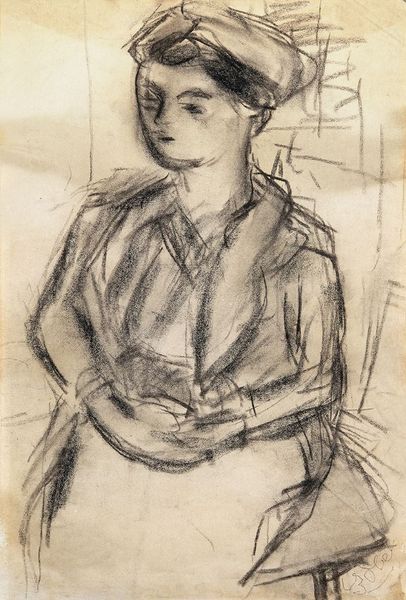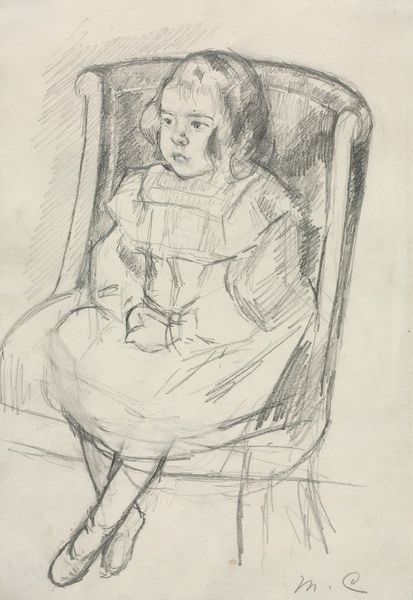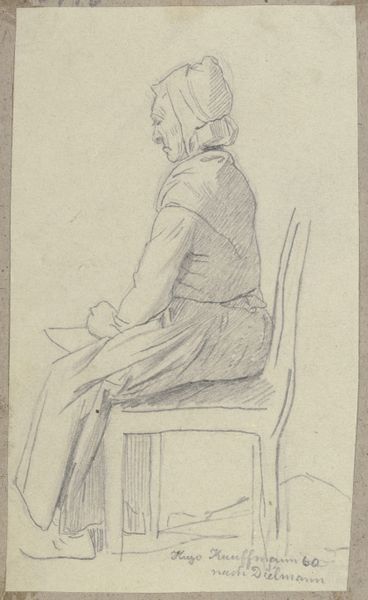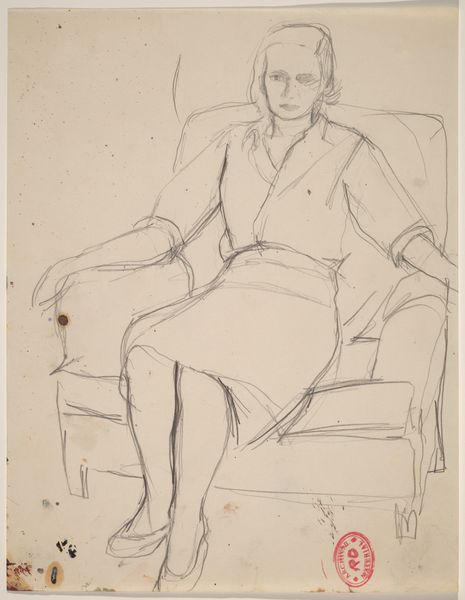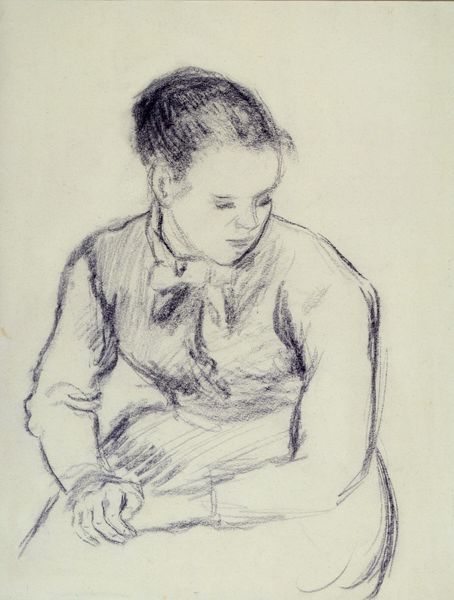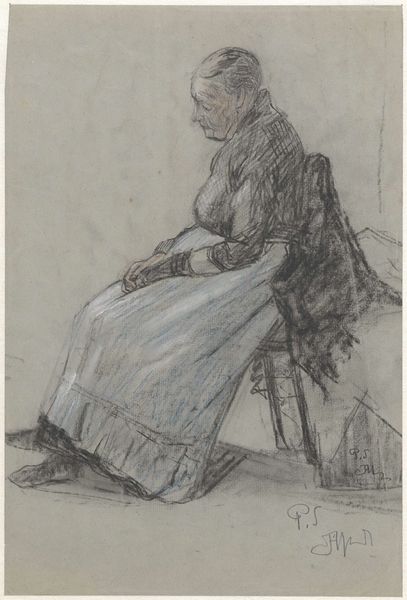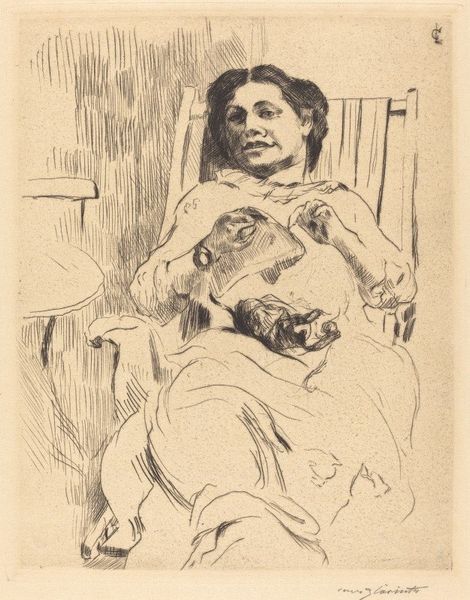
drawing, pencil, charcoal
#
portrait
#
drawing
#
pencil sketch
#
landscape
#
figuration
#
pencil drawing
#
pencil
#
ashcan-school
#
portrait drawing
#
charcoal
#
realism
Dimensions: height 292 mm, width 227 mm
Copyright: Rijks Museum: Open Domain
Editor: This is Henk Henriët's "Zittende vrouw in een kamer," made in 1934. It looks like it's done in pencil. The woman in the drawing seems so still, almost resigned. What do you see in this piece? Curator: I see a reflection of the societal constraints placed upon women during that period. The Realist style strips away any idealization, presenting us with a very human, unglamorous depiction. Notice the Ashcan School influence – a focus on everyday life, especially those often overlooked or marginalized. Consider the economic context of 1934; what emotions do you think the artist may be highlighting through this work? Editor: You mean things like poverty, limited opportunities, especially for women? Is that why she looks so… contained? Curator: Exactly! Her posture, her setting, the lack of adornment – it all speaks to a kind of quiet resistance within confinement. What about the composition strikes you most? Does it reinforce that feeling? Editor: I think it’s how she’s framed by the room. Everything feels a bit cramped. Curator: Yes, that constriction is deliberate. Henriët might be commenting on the domestic sphere as a space of both refuge and restriction for women. It provokes the viewer to question the roles assigned to women and the silent battles they fought within those confines. It also prompts questions about class, power, and visibility in representation. Editor: It makes you think about all the unseen struggles someone might be facing. Curator: Absolutely. This drawing isn't just a portrait; it's a quiet, powerful statement. It's made me reflect on the importance of acknowledging those everyday battles against systemic inequalities. Editor: I agree, looking at it from a social context makes you look at it in a whole new way.
Comments
No comments
Be the first to comment and join the conversation on the ultimate creative platform.

